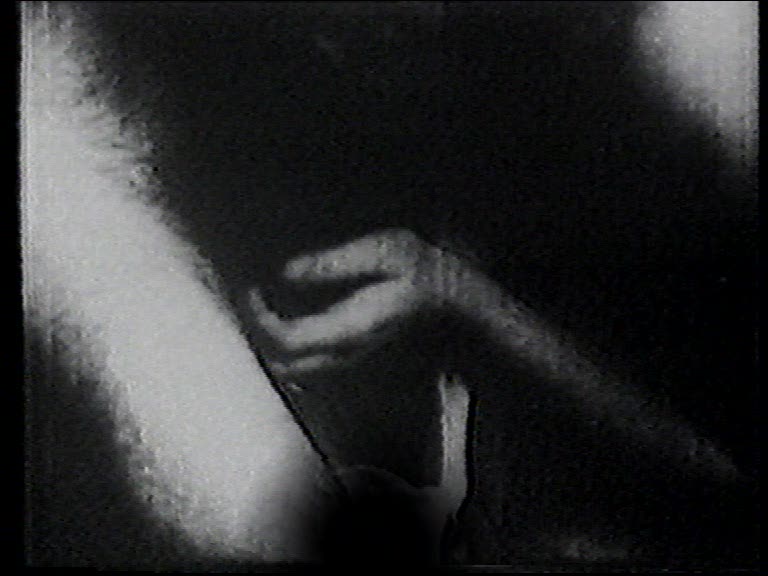





A striking and very moving moment in Thom Andersen's latest film Get Out of the Car: a few shots of weathered murals depicting the Virgin of Guadalupe (ten in total), an overgrown chain-link fence, a bold yellow sign. A testimony, or plea, is heard:I think sometimes in these kinds of struggles we lose a bit of focus of what this really means for the community. It is as if... If I went to your community, and I took down your temple, if I took down your church, that's what we're talking about. These are sacred things. You're taking away our way of life.The land beyond the fence used to be known as South Central Farm — one of the largest urban community gardens in the United States. It was developed on fourteen acres of land gifted to residents of Los Angeles in 1994, via a revocable permit held by the non-profit LA Regional Food Bank (for a more detailed history, see here). In 2006 it was sold by the City, for unspecified development, via a backroom deal. The farmers, who grew and provided food for 350 families, were evicted, and the land was bulldozed. There is a broadly sickening interview with Ralph Horowitz here, the property developer who demolished the site in the face of the Farmers' resistance. (I couldn't finish it.) The incident reminds me of a recent development closer to home, on a much smaller scale: Lewes Road. In Los Angeles, the farm was reclaimed by the City for a price; in Brighton, the guerrilla community garden was reclaimed by developers in the interest of (re)asserting its antithesis. Both were projects evicted in the face of ruthless corporate enterprise — an opposition to any conception of the land as common, and thus ground on which we can live outside of capitalism. As Andersen says of the (abridged) succession of shots above: "it is the one sequence of overt social criticism I left in the film, and the razor wire that surrounds it (also appearing in the three shots that follow) is the one thing I don’t like that appears." The rest of the film comprises an inventory of dilapidated public architecture, billboards, neon lights and corporate propaganda often subjected to the protest of graffiti, rust and decay — a document of what dominates our cities and their signs: profit motive, with little trace of the whispering wind.

Get Out of the Car - Thom Andersen, 2010, 16mm

Europa 2005 - 27 Octobre - Straub-Huillet, 2006, digital video






































